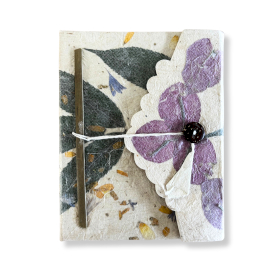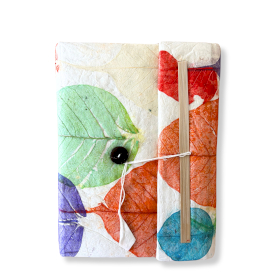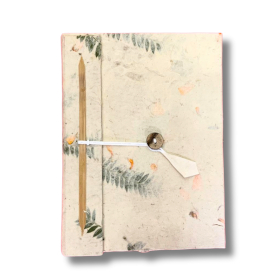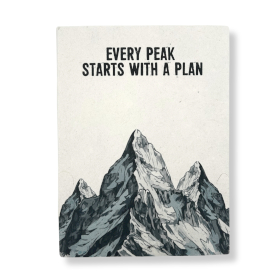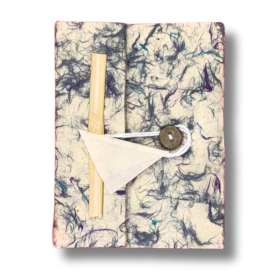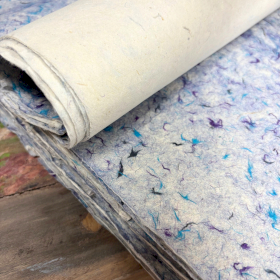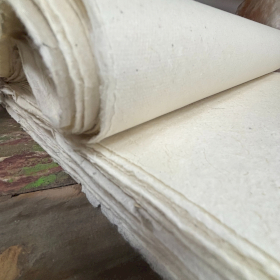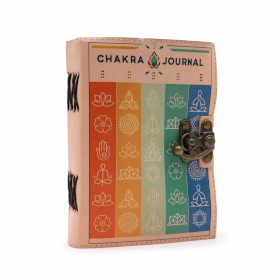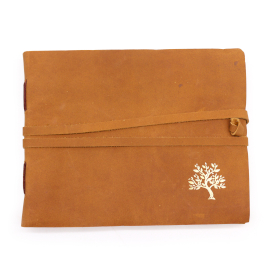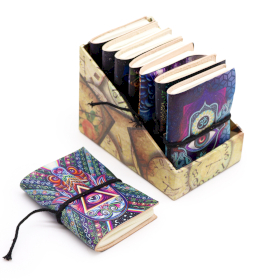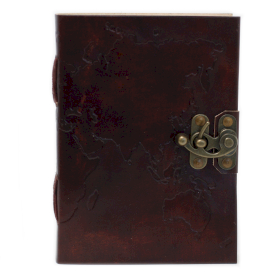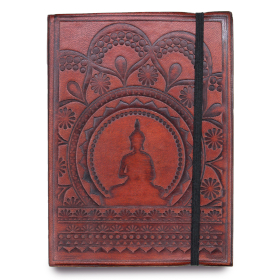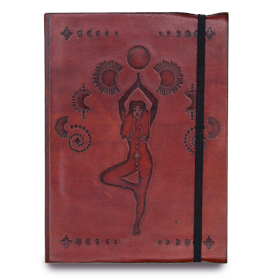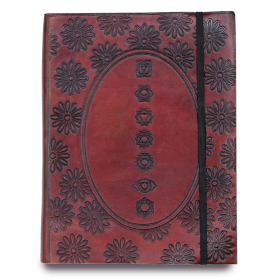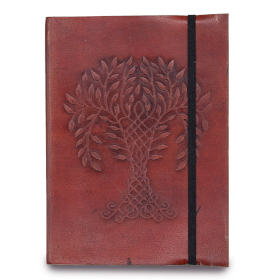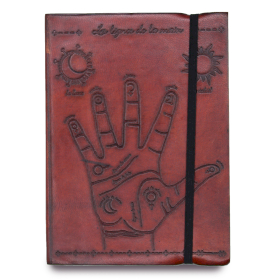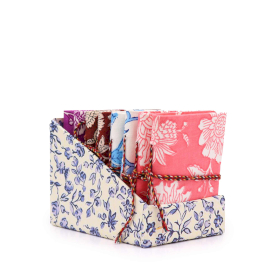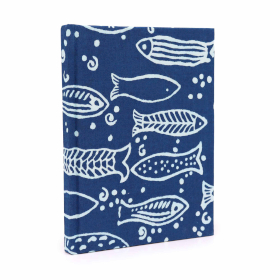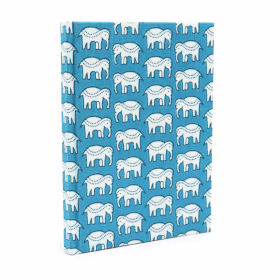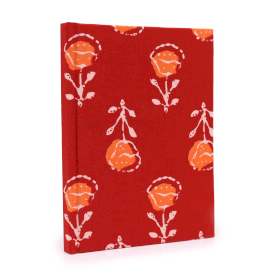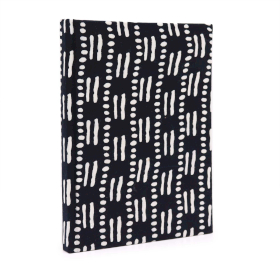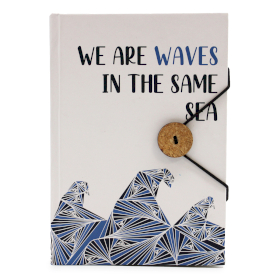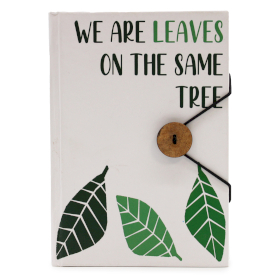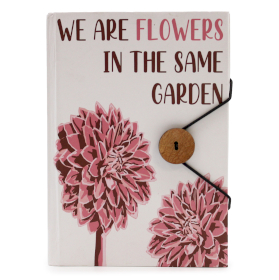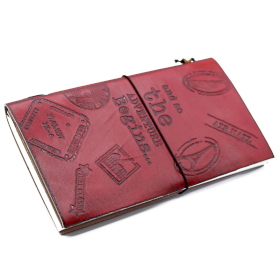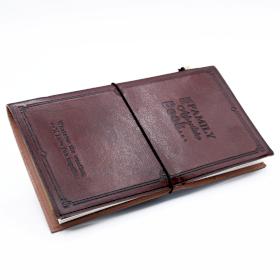Why Handwriting Still Matters – and What It Means for Stationery Retail
In a world flooded with notifications, digital reminders, and voice-activated everything, there’s something quietly powerful about the simple act of putting pen to paper. It might seem old-fashioned in the age of apps and cloud sync — but in reality, handwriting is undergoing a quiet resurgence.
For many people, writing things down has become a daily ritual, a tool for wellness, creativity, and focus. And for retailers, this rediscovered appreciation for the written word is opening new doors in the stationery category. Notebooks, journals, and handcrafted paper products are no longer just utility items — they are thoughtful gifts, personal companions, and lifestyle statements.
The Mind Behind the Pen
Writing by hand is more than just a way to record thoughts — it physically changes the way our brains work.
A 2021 study published in Frontiers in Psychology compared brain activity during handwriting and typing. The researchers found that handwriting activates more areas of the brain linked to memory and learning. The very act of forming letters by hand helps us slow down, process information more deeply, and connect emotionally with what we’re writing.
It’s no wonder then that notebooks are used for far more than to-do lists. People turn to them for journaling, affirmations, planning, dream-tracking, song writing, sketching, recipe collecting — even gratitude lists or moon rituals. The paper becomes a safe space, and the pen, a tool for expression.
This connection between hand and heart is something digital tools can’t quite replicate. A typed note may be efficient, but a handwritten one feels intentional.
The Return to Paper
Despite the rise of digital tools, the stationery market is not only surviving — it’s growing. According to data from IBISWorld, the UK stationery market was valued at approximately £2.1 billion in 2023, and while traditional office supplies face some decline, premium stationery and paper goods continue to perform strongly, driven by lifestyle, gifting, and education sectors.
Retailers have seen a surge in interest for paper products that feel personal and sustainable — particularly among Millennials and Gen Z, who are both digital natives and enthusiastic about journaling, mental wellness, and handmade items.
Gifting data from the Giftware Association highlights that notebooks and journals are considered among the most popular "add-on" or "impulse" gifts — easy to merchandise and with excellent repeat potential.
UK stationery market was valued at approximately £2.1 billion in 2023
A Gift That Speaks Volumes
There’s a reason notebooks are a go-to gift. They’re deeply personal, yet universally appreciated. Whether blank or lined, ruled or gridded, a good notebook invites possibility. It asks nothing and offers everything — a space to think, feel, create, or simply breathe. A notebook can mark the start of a new chapter, a new job, a travel adventure, a wellness routine. It can become a confidant, a place to explore ideas or map out dreams.
In gifting terms, notebooks work well on their own, but even better as part of a curated bundle. Picture a shelf display with a scented candle, a handmade incense holder, a ceramic mug, and a beautifully bound journal. It’s not just a gift — it’s an experience.
Customers are also more discerning. They want natural materials, sustainability, and craftsmanship. That’s why notebooks made from recycled paper, cotton rag, or traditional Lokta paper — crafted in Nepal from the bark of the lokta bush using age-old methods — have growing appeal. These pieces aren’t just functional; they carry a story, a texture, a sense of origin.
When retailers stock products like these, they’re offering their customers more than a blank page — they’re offering a moment of mindfulness, a connection to nature, or a creative spark.
Why Stationery Belongs in Every Shop
You don’t have to be a bookshop or an office supply store to benefit from stocking notebooks. They cross categories with ease — from wellbeing to gifting, from spirituality to interior décor.
A few small changes in product placement can create powerful results. A calming journal placed next to crystals or essential oils evokes ritual and reflection. A hand-bound sketchbook near an incense burner suggests quiet evenings of drawing or meditation.
Notebooks are also low-risk, high-reward items. They take up little space, suit a wide range of budgets, and invite repeat purchases — especially when you offer a mix of colours, sizes, and styles.
The Retail Opportunity in Writing
For retailers, stationery isn’t just about stock — it’s about storytelling. As more customers embrace slow living, meaningful gifting, and screen-free moments, notebooks and handcrafted paper goods fit beautifully into that narrative.
And with trends pointing towards eco-consciousness and artisanal design, now is the perfect time to explore stationery made with care — like our new Lokta paper, where tradition meets modern style.
As retailers know, the most successful products aren’t always the flashiest or loudest. Sometimes, they’re the quiet ones — the ones that speak when everything else goes still. In that sense, a notebook may be the most powerful thing on the shelf.
Final Thought
Handwriting may not be fast. It may not sync to the cloud. But it remains one of the most human things we do — and one of the most meaningful.
For your customers, a notebook might be the start of a new habit, a new idea, or simply a moment of peace in a noisy world. And for you, it might just be the category that brings story, value, and emotion back to your displays.
